Paul Ashton and the Public History Review
Since the 1992 Prof Paul Ashton has been the main initiator and editor of the Public History Review in Sydney, Australia. In those 32 years he has published many of these journals. But, as Paul has just recently explained, “I must report with some regret, its final year of publication”. As he reminds us, over 300 articles as well as many more reviews and reports from the field were published. Focusing on public historians, it has 2,814 readers in over 50 countries; 366 registered reviewers; and averages around 2,500 abstract views per month. But, as Paul Ashton has explained, the Public History Review is now closing and archived and available through the ePress. Like many other public historians, from all parts of the world, I have previously attended and spoken at the local conferences and then published outcomes in the journal, which included several statues and memorials which have been part of attention to public history not only in Australia but certainly Britain, as was the attention to women’s suffrage historically in the different places.I am pleased that his historical energy was also asserted in our jointly edited book Public History and Heritage Today. People and their Pasts (Palgrave 2012) arising from our international conference at the former Ruskin College, Oxford.
It’s positive that, having retired from UTS , Paul Ashton is now writing further books, now aimed at school students as, “they allow for students to understand how history is not just something that can be found in textbooks, but rather that it is something being made around them, and that they are creating their own histories every day.” His new four books are presented under the engaging title ‘Accidental Histories – exploring the role of accident and serendipity, to make history.’One of the books, Yarri , is set in Gundagai, June 1852 where ‘Yarri and Jackey Jackey sat in the hollowed-out trunk of a huge, old gum tree on the top of Mount Parnassus. They looked down to Gundagai through the heavy rain. The river had swollen and the town was in trouble. But what could they do?’
As noted in the image above it was only in 1990, 150 years on, that a new monument was erected in North Gundagai cemetery since this had been ‘in the memory of Gundagai people for generations’ when the 2 aboriginals , Yarri and Jackey Jackey had rescued 49 people from the swollen river.This recent memory has now become an aspect of wider past history.
Public history has not just increased over decades years but as noted above , with increasing influence in heritage and memorialisation and, of course, with information past on to the younger generation – thanks to historians like Paul Ashton!

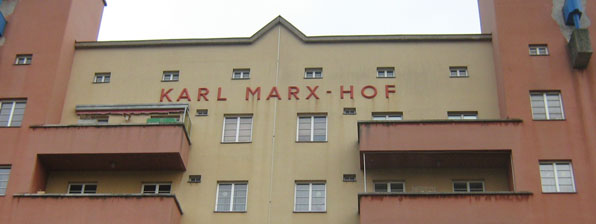

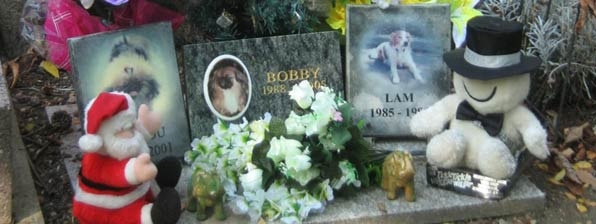


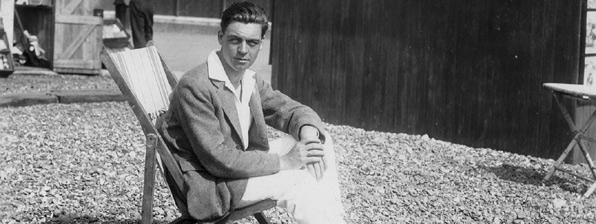
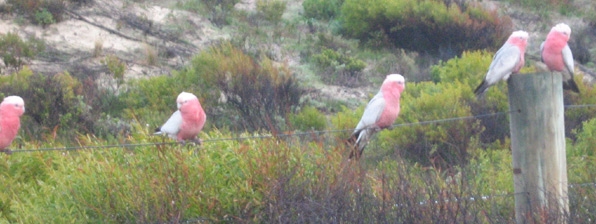
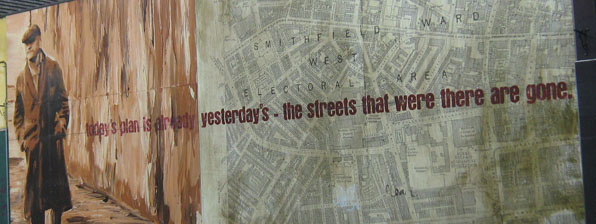






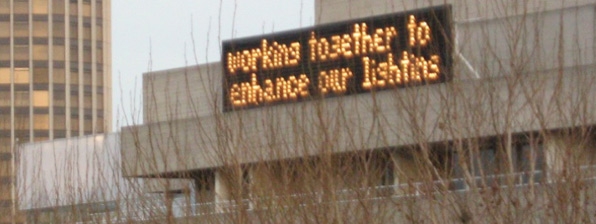
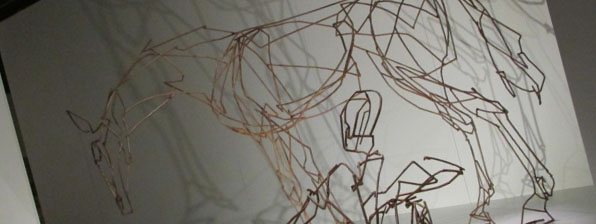






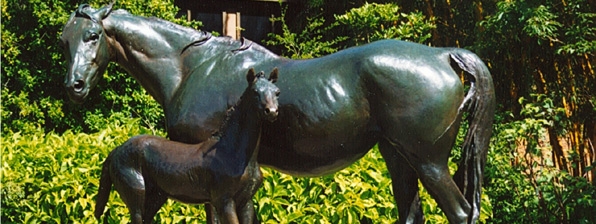




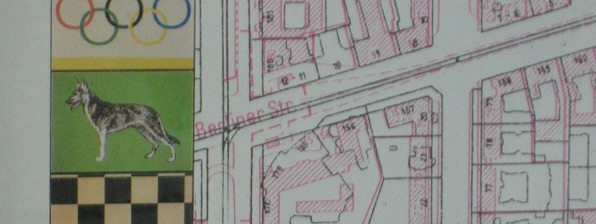



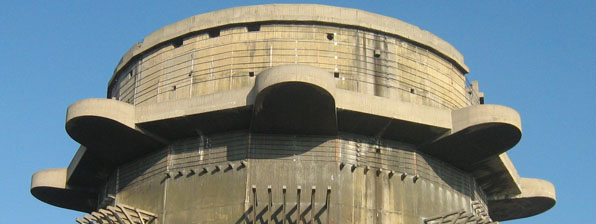
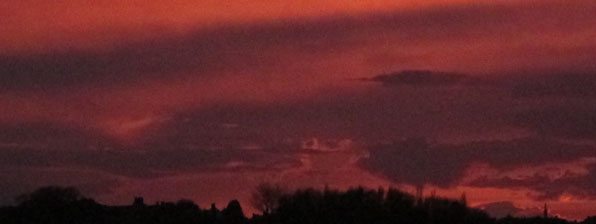
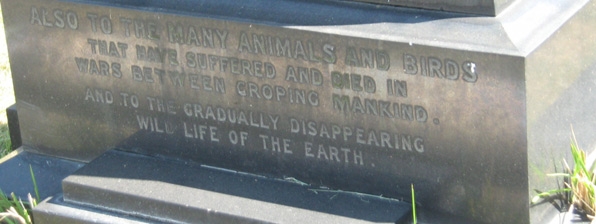

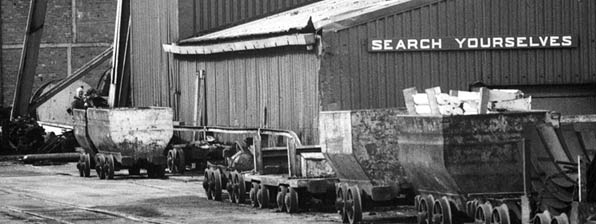


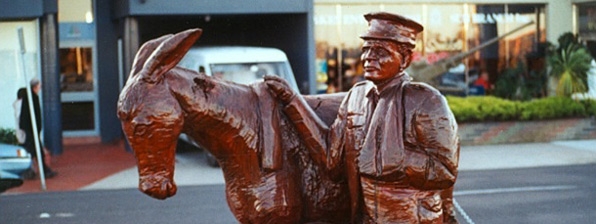

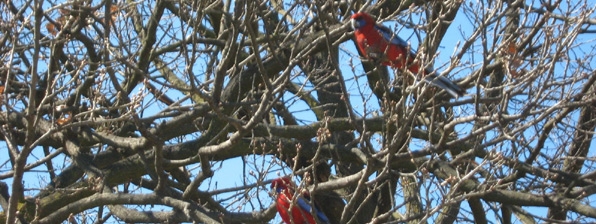
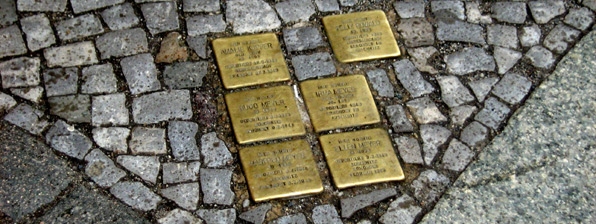

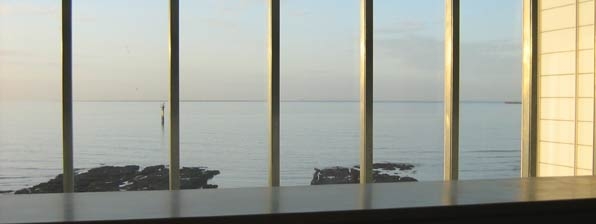





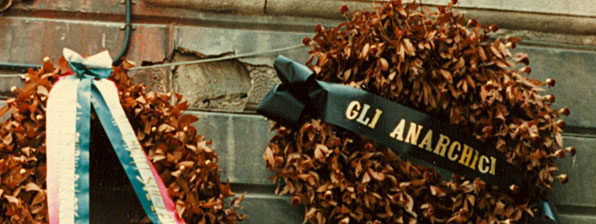


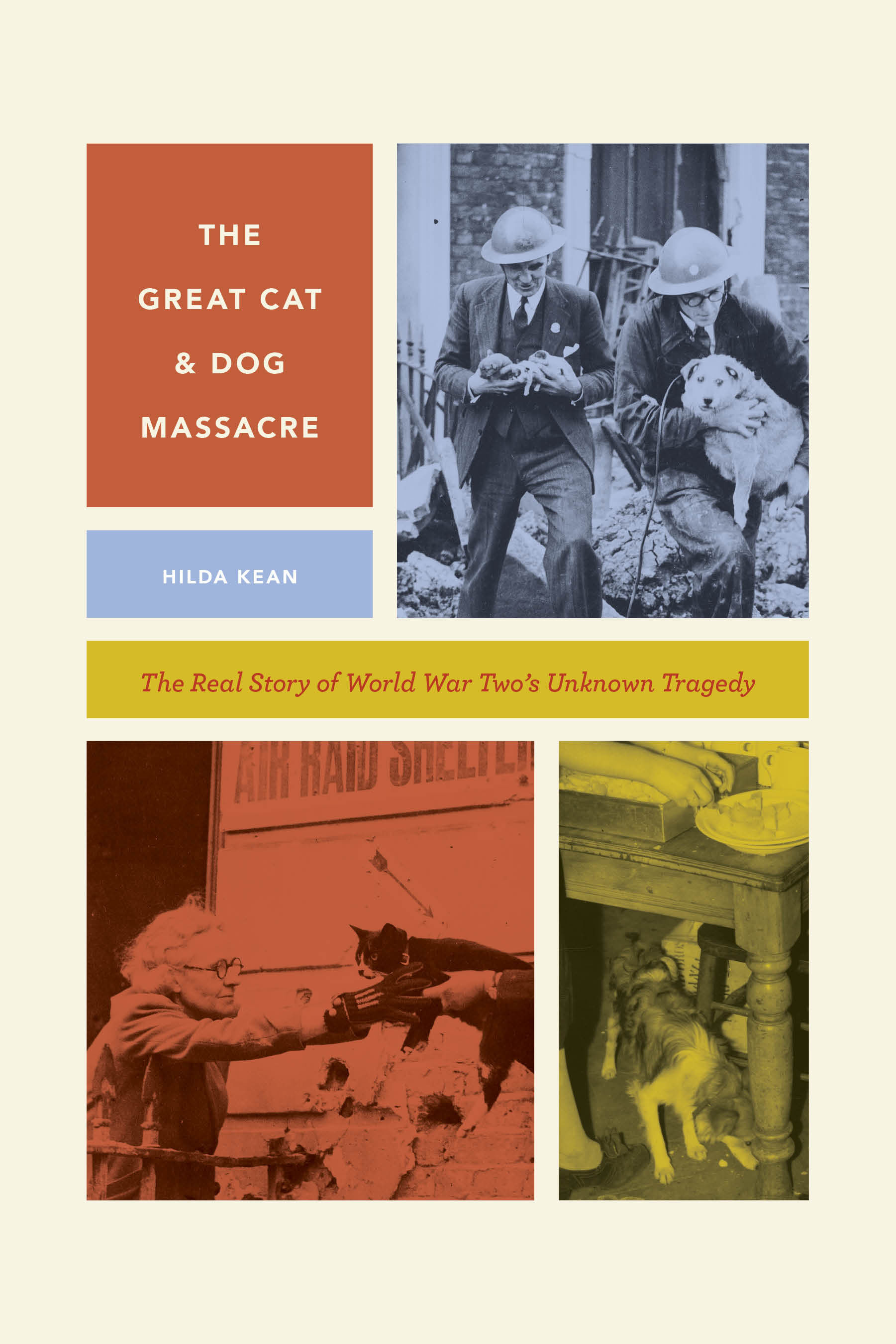
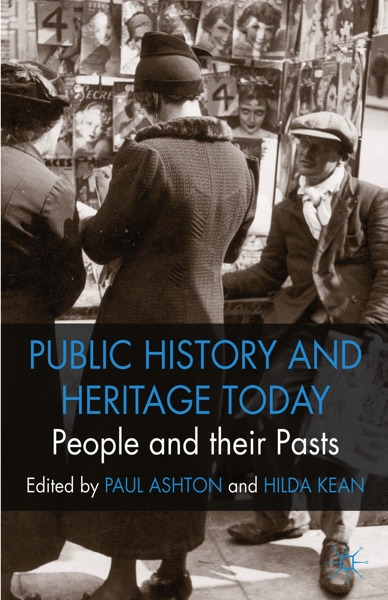

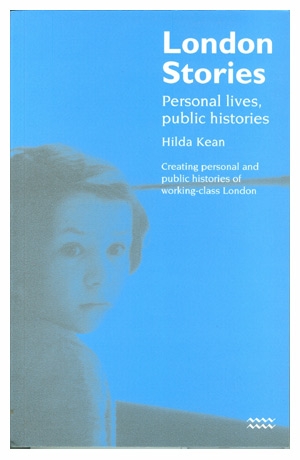

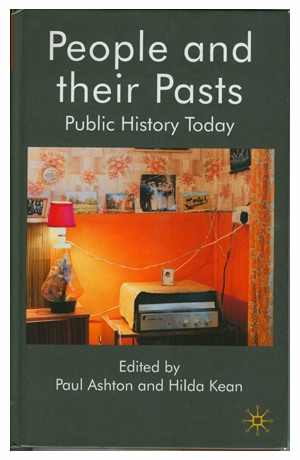
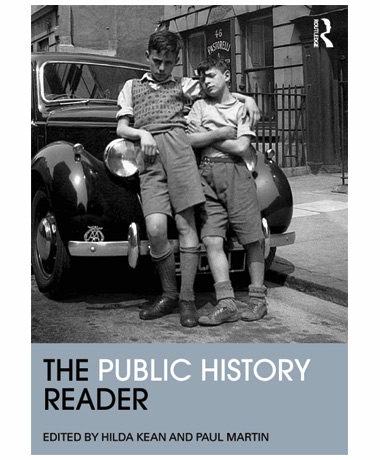




Leave a Reply